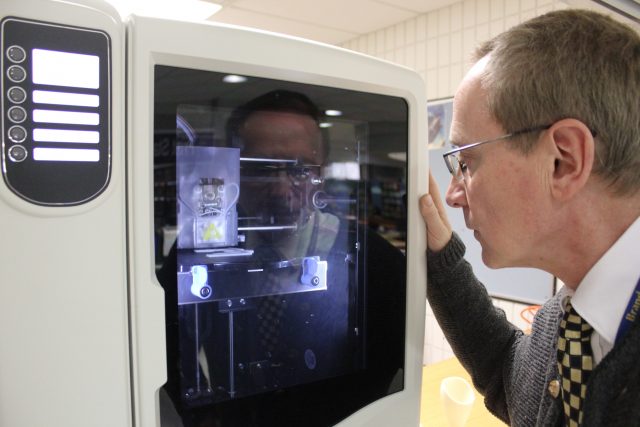Research Impact

Research faculty at Brandon University are integral to transferring and disseminating knowledge through their teaching, conference presentations, and publications.
Brandon University has the second highest number of graduate students of Manitoba universities, with 301 students in five Masters programs (M.Ed., M.A. in Music, Master of Rural Development, M.Sc. in Environment and Life Sciences and Master of Psychiatric Nursing). Further to this, Brandon University undergraduate students are encouraged to complete independent research and/or a thesis in their final year of studies.
Three research institutes: Rural Development Institute (1989), Centre for Applied Research in Indigenous, Rural, and Remote Settings (2008) and Institute for Research in Music and Community (2016), are integral for developing research capacity within the University and for a considerable number of reports and academic publications as well as community outreach.
The dynamic impact of a university’s research output can be measured by calculating the Total Factor Productivity. This assumes growth in Gross Domestic Product cannot be explained completely by inputs of capital and labour alone. This additional growth arises from product and process of innovation borne out of research and development activities, including:
- creation and dissemination of research and knowledge,
- supply of R&D human capital (i.e., graduate students), and
- spillover effects resulting from researchers interacting with the industry.
The proportion of each university’s Total Factor Productivity can be estimated, depending on number of students (graduate and undergraduate), faculty and/or research dollars.
Creation and dissemination of research and knowledge to the scientific community result in publications. These in turn assist other researchers build a stronger research program. Brandon University’s proportion of full-time and part-time undergraduate and graduate student enrollment amongst the largest three universities in Manitoba (Brandon University, University of Winnipeg and University of Manitoba) is calculated as follows:
- 9% of full-time undergraduate enrolment,
- 8% of part-time undergraduate enrolment,
- 3% of full-time graduate student enrolment, and
- 19% of part-time graduate student enrolment.
The Total Factor Productivity of Brandon University in comparison to other universities in Manitoba can be estimated by either proportion of students, faculty and/or research dollars.
Brandon University’s Total Factor Productivity for all research conducted in the province can be estimated at $87 million if provincial impact is estimated at 5% or $174.5 million if Brandon University estimates its provincial impact at 10%.
Use of the Sudmant Method enables a comparison of Brandon University to other institutions using the same method. Appendices 1 and 2 demonstrate Brandon University is within the same range as other universities with respect to research effort for its size as well as economic impact per student.
